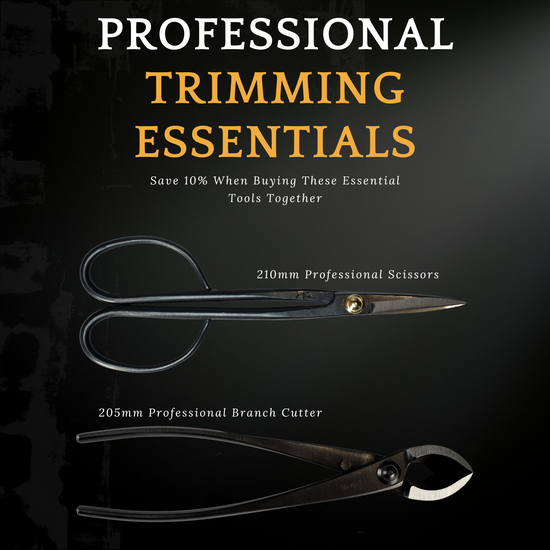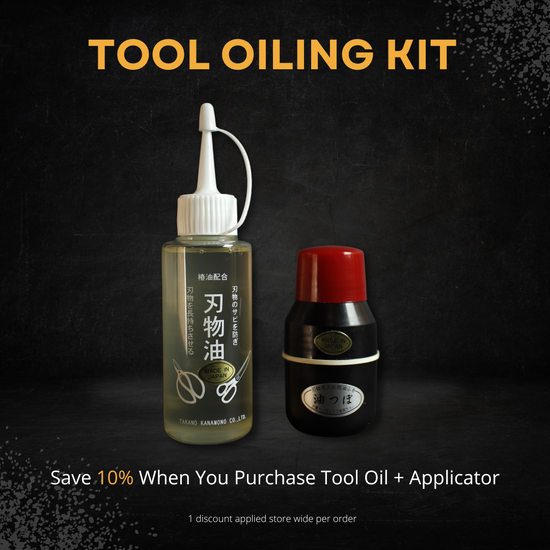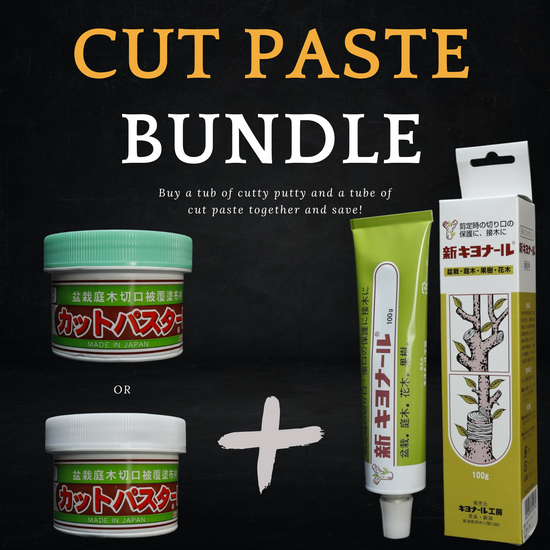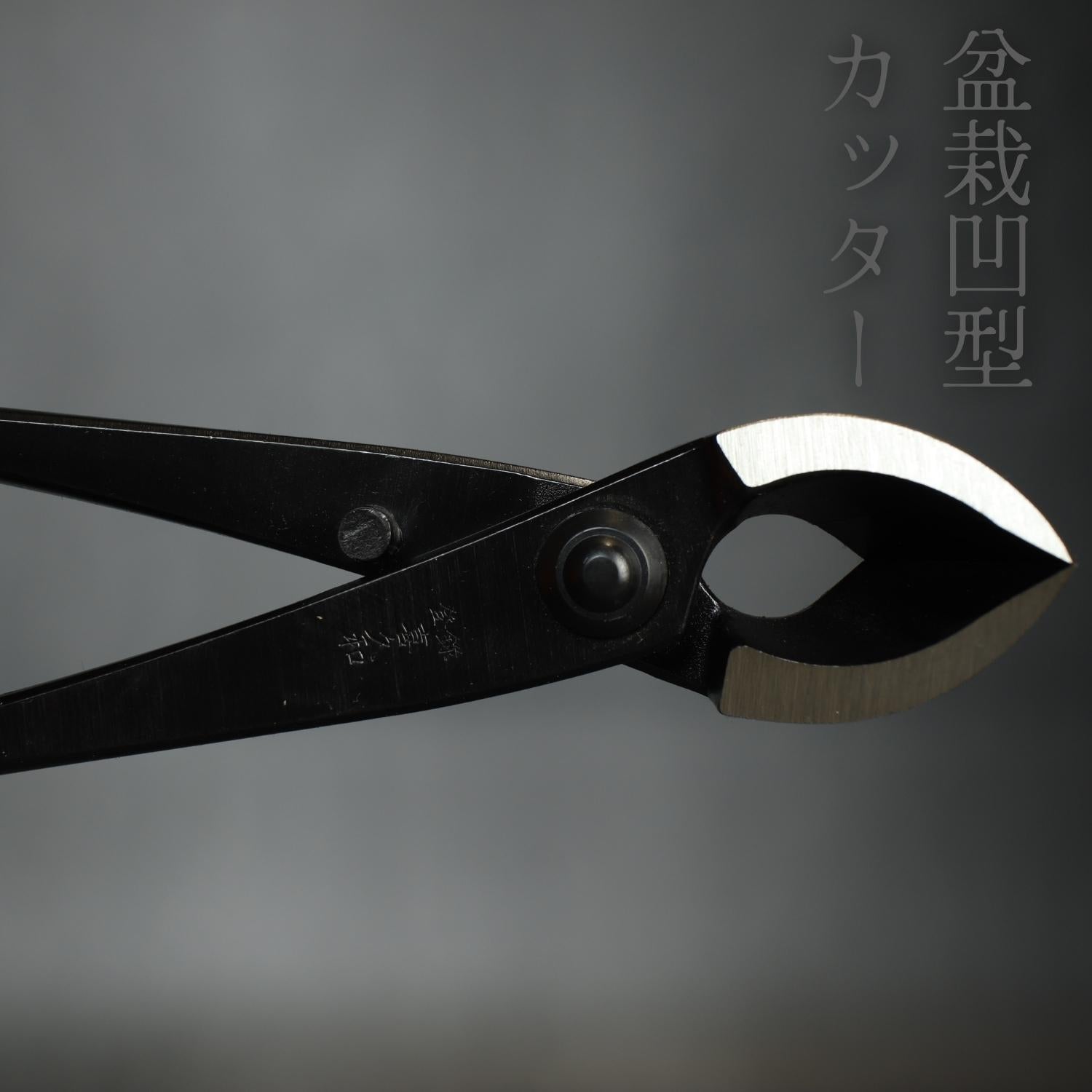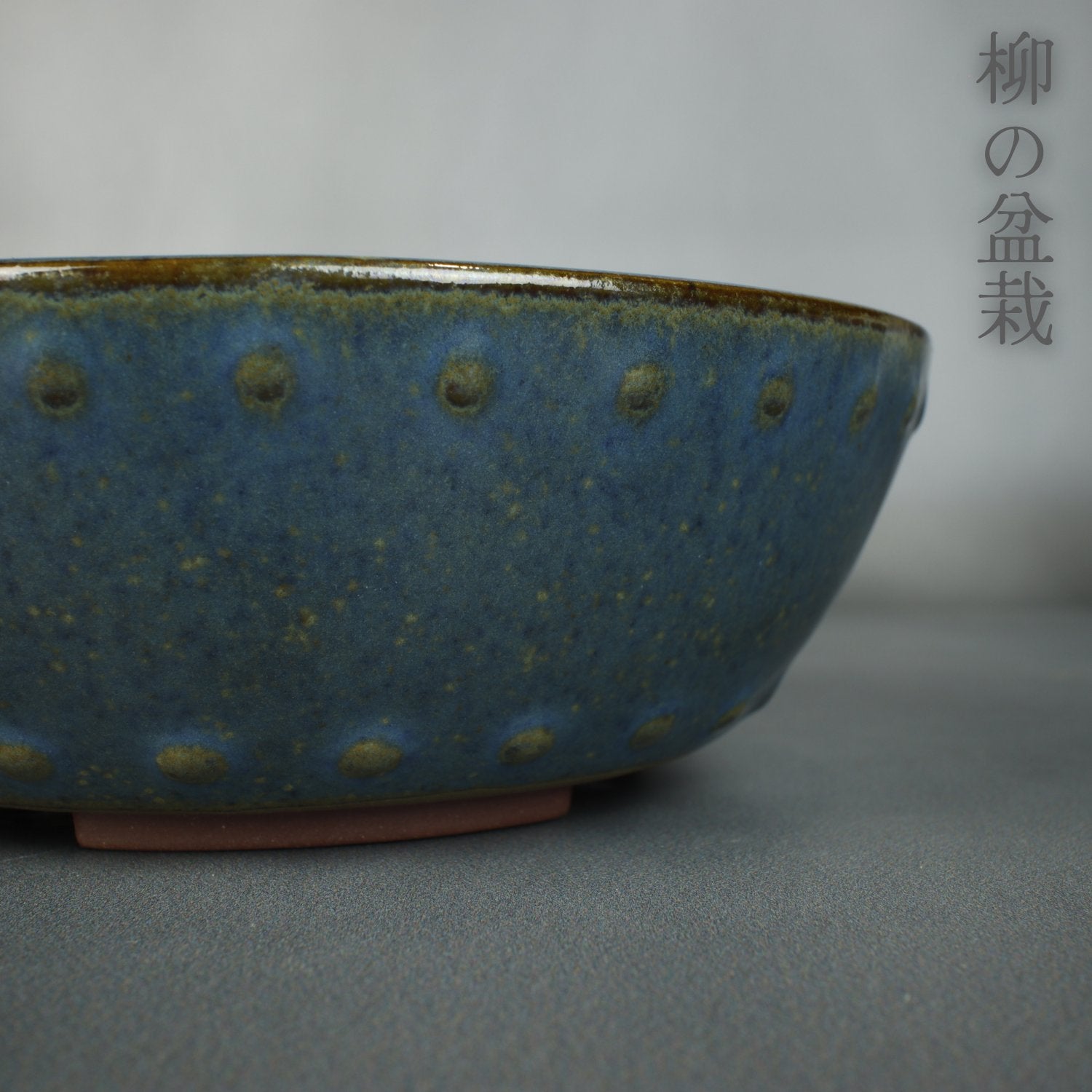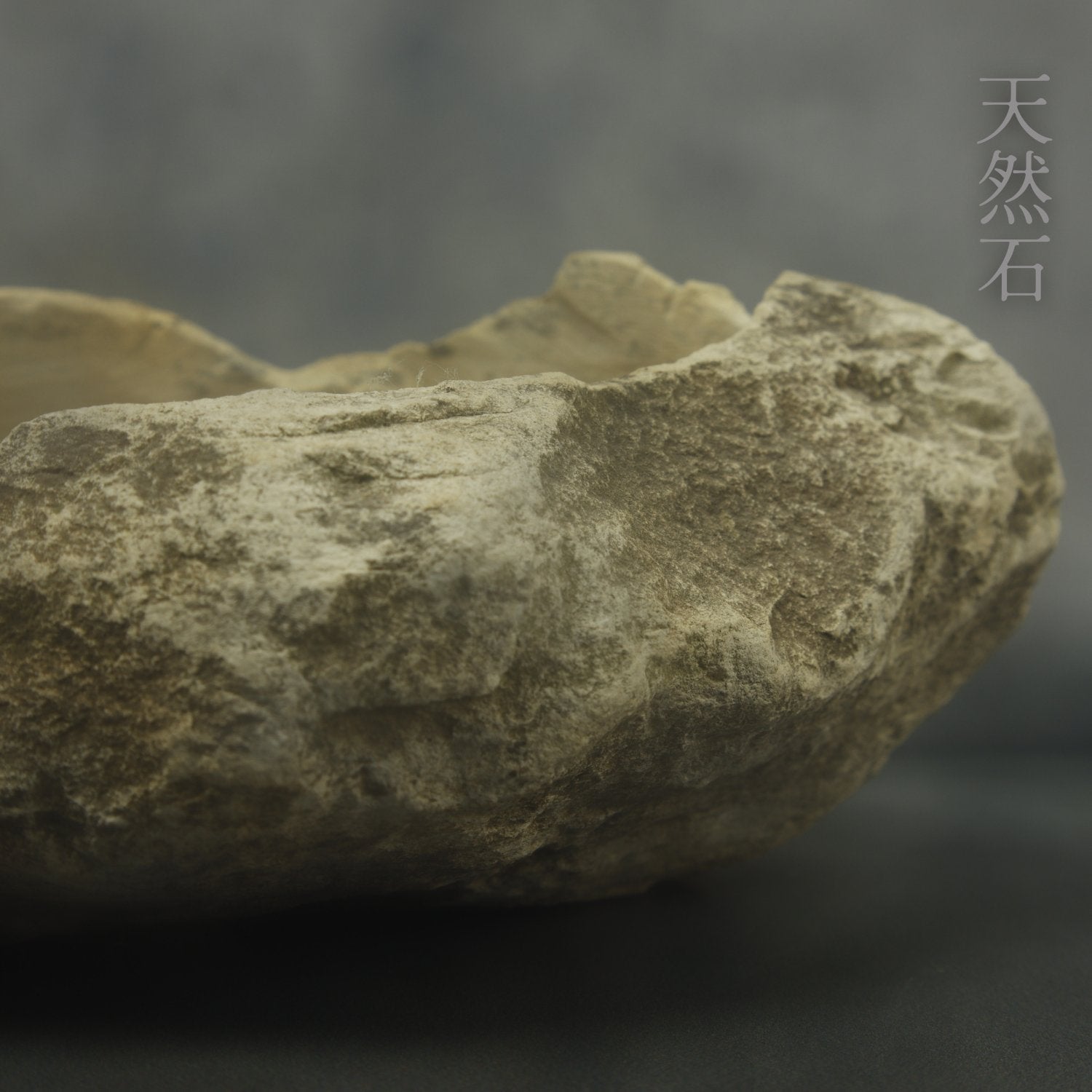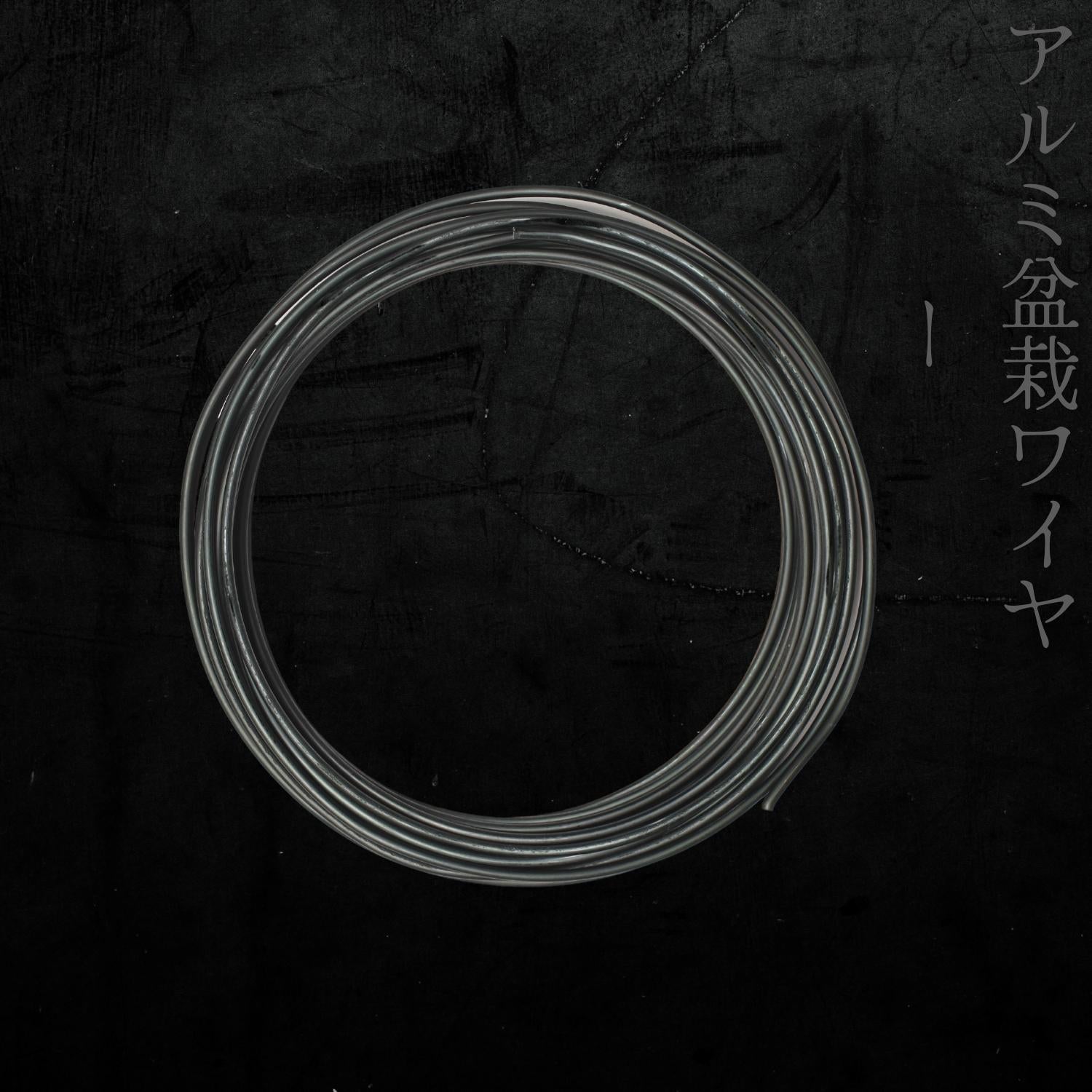

Bonsai fertilizer is a big broad subject and there isn’t really a “ Best Fertilizer For Bonsai “. What there is though is the best options for your specific circumstance so lets go over a few things to consider when choosing a fertiliser for your Bonsai Tree.
You will see 2 main types of fertilizer when you are purchasing, and they are chemical and organic. The names say it all, Chemical fertilizers are a synthetic fertilizer made up of chemicals to replicate natural nutrients, where as organic fertilizers are made up of natural organic materials that naturally carry nutrients. So what are the main differences here? The first main difference will be that with chemical fertilizer you can generally get more kick out of it for rapid growing operations. You can get as high as 20:20:20 where as most organics will top out at around 10 for nitrogen. The second difference is that chemical fertilizers are instantly available to the plant weather it is fed through a slow release pellet or a liquid fertilizer, Organic fertilizers need to break down before they begin feeding which can take up to 2 weeks. Chemical fertilizer usually gets re applied every 2 weeks through the growing season and organic every 4 – 6 weeks. The biggest difference between the 2 though is the fact that chemical fertilizer doesn’t provide any health benefits to the soil where as organic fertilizers create a healthy soil system through micro organisms and most organics carry a range of micro nutrients which also benefit your trees.
I usually keep it simple here, when I’m developing stock for bonsai and trying to grow everything big and thick I will use a combination of chemical and organic. I use the organic to keep the soil healthy and I use the chemical to give the tree an extra kick as the chemical fertilizers are stronger and more available to the plant.
When a tree is in refinement and I’m trying to build small delicate growth on the thick trunk I will use only organic fertiliser as it is usually not as strong which reduces the stronger growth ( in combination with other things ) and it also keeps the minimal soil environment we have healthy.
When purchasing fertilizer you will always see an NPK value which will be something like 10:3:8 ( those numbers could be anything ). These numbers represent how much Nitrogen, Phosphorus And Potassium is available in the fertiliser. People will get different fertilizers that have either higher or lower values of each ingredient to achieve certain results. So lets take a look at what they are and what they do to help you make a better choice.
N = Nitrogen : Nitrogen is responsible for the strength of top growth on the tree, When there is lots of nitrogen available to the plant it can put out long branches and bigger leaves. Now in development this is fantastic because the more growth we have on top and the bigger it is, the quicker the tree will thicken and develop. In refinement though this is the exact opposite of what we want. So in development you will be aiming for High N value on your fertilisers, while in Refinement you’ll be aiming for Low N Values. Nitrogen is also a big factor in how green your foliage is, Chlorophyll is the green colour you see in leaves, this is also responsible for converting the light energy into food. Nitrogen makes up part of that Chlorophyll. Trees that are Nitrogen deficient will show a dulling or yellowing of the leaves, when the leaves are this colour there aren’t as photosynthetically efficient which can cause problems.
P = Phosphorus : This ingredient is a key part to growing a strong healthy root system which will be the lifeline of your tree. The stronger the root system the less chance the tree will suffer from ill health and will respond better to work carried out on the tree. Phosphorus also plays a role in healthy fruiting and flowering of trees so any tree that shows fruits or flowers will benefit from higher phosphorus, Keep in mind though some Australian Native like Banksia for example hate phosphorus so just be careful there. Phosphorus is also a key player in the creation of new tissue in your bonsai which is vital part of growth, and the tree also uses phosphorus as part of its photosynthetic cycle. Making sure your tree has Phosphorus available will be ther difference between a good tree and a great tree.
K = Potassium ( potash ) : Potassium is some what of a health serum for your tree, Potassium strengthens your tree against pests and disease by helping to thicken the cell walls, this helps prevent fungal spores from doing damage on your tree and also can help prevent other pests that bore or sap suck from gaining access to your trees resources ( its not a silver bullet but it helps ). Potassium also helps transport water and sugars more efficiently through out the tree which means a few things, this can help your tree in hot summer weather more efficiently cool itself through the transport of water and teaming up with phosphorus this can also help you yield better fruits and flowers.
So hopefully using that information above you can determine what results you need from your tree and pick the correct NPK.
So these are the main choices you will make when buying fertilizer and some of the more important things to look our for. Hopefully this article has given you a little more of an idea and you are able to make an educated purchase next time you get some fertilizer.
You can Buy Bonsai Fertilizer Here.
Until Next Time, Enjoy Your Bonsai Journey.
Savings opportunities
Shop Tools And Accessories
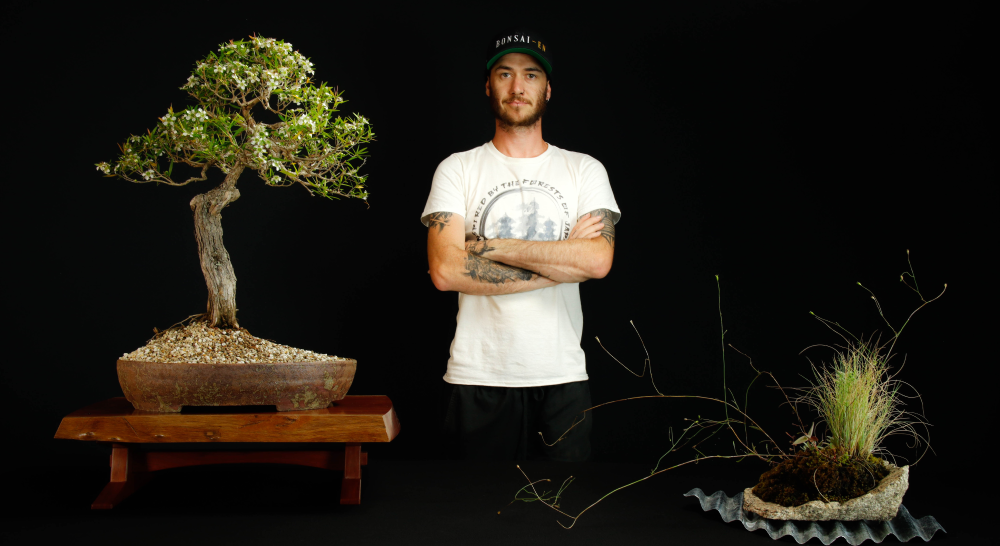
Author : Joshua Hooson
Joshua Hooson is an author and enthusiast of the art of bonsai. He has built his knowledge and understanding of bonsai through a combination of self-experience, lessons learned through hands-on practice, and extensive research. His articles reflect his passion for the subject and offer insights gained through his own personal journey in the world of bonsai. All the information provided in his works is a result of his own experiences and the knowledge he has gained through his studies. He is dedicated to sharing his love of bonsai and helping others grow in their understanding and appreciation of this ancient and beautiful art form.

